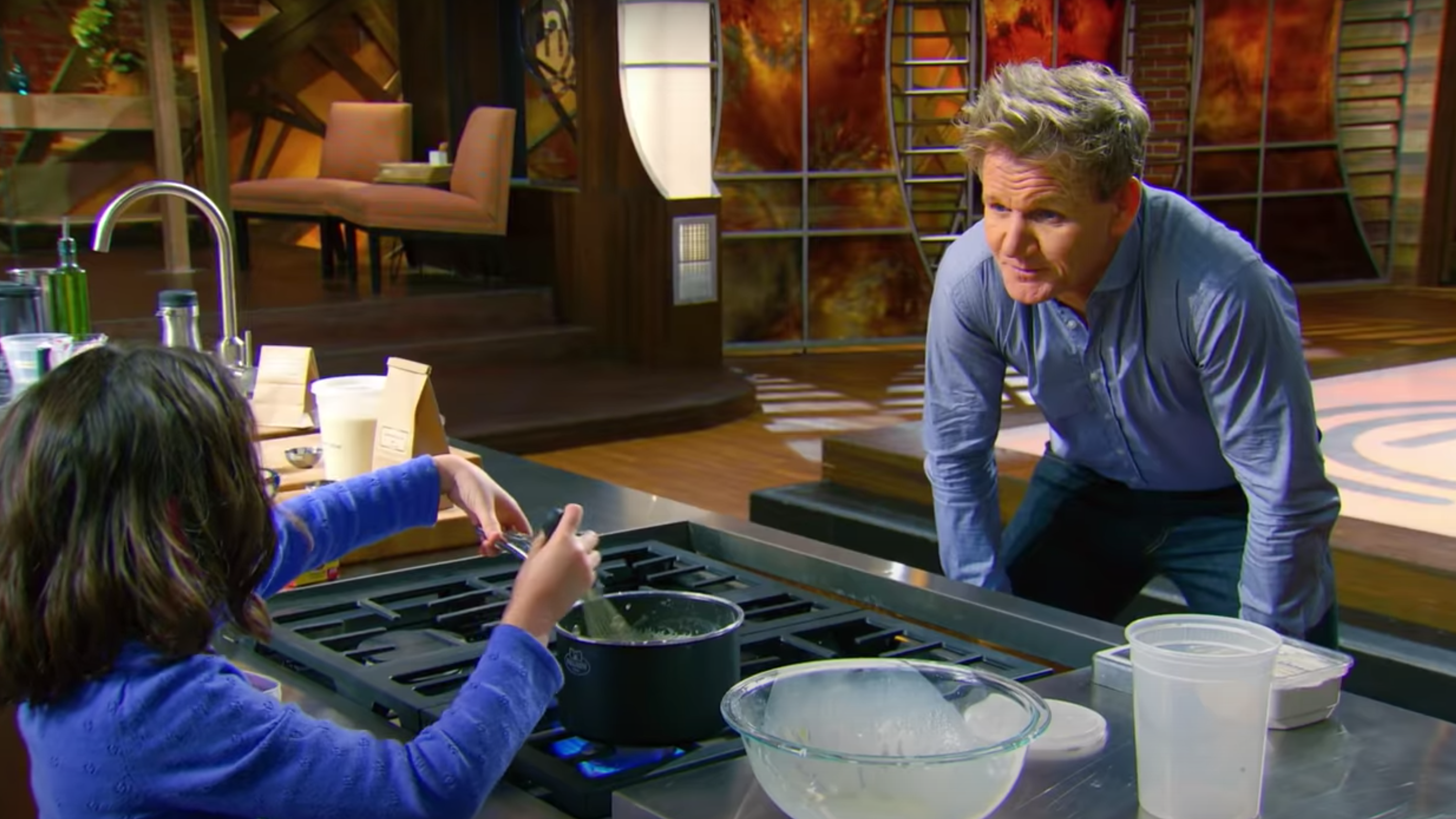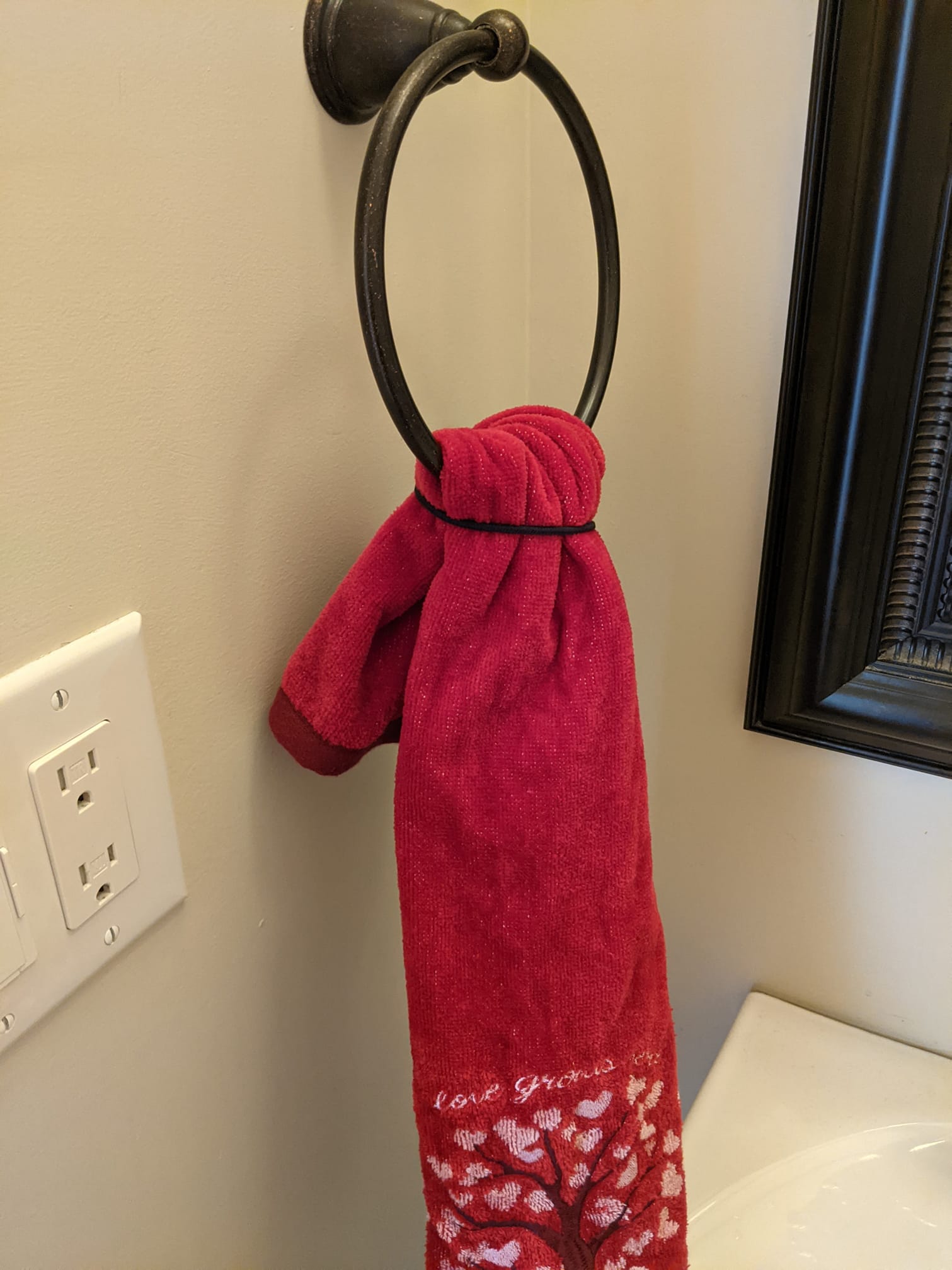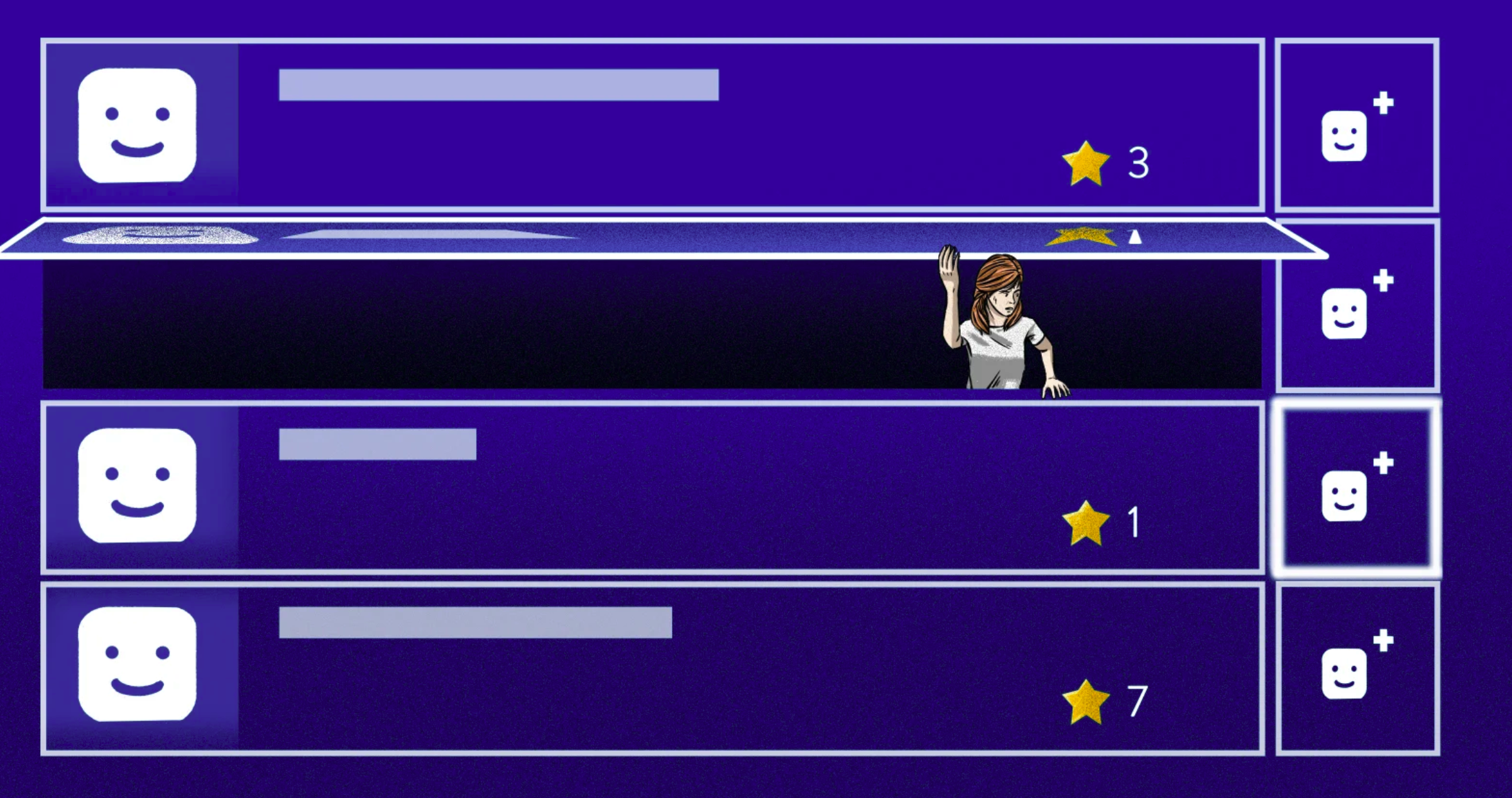-
chevron_right
Why You Need a Family Mission Statement
pubsub.dcentralisedmedia.com / LifehackerAustralia · Thursday, 18 February, 2021 - 18:30 · 4 minutes
Despite the pandemic turning our home and work lives upside-down for the past year, it has also provided us with a perspective that would have been hard to imagine in a pre-COVID-19 world. On my best, most optimistic days, I can see how the pandemic forced my family to slow down its increasingly frenetic schedule. It drove us outside more for bike rides, hikes, and backyard barbecues. It also made clear the things that are vital to our physical and mental health — and the things that made us ache to have to do without.
With somewhat of an end in sight (or at least a beginning of an end in sight), my husband, son, and I have been talking about what we want our lives to look like after . My 10-year-old has commented a few times about how strange it will be to go back to the way life was before, when we went into crowds with bare faces and our mere presence wasn’t a risk to our extended family.
But I suspect it won’t feel strange for very long. I wonder if, within months or even weeks, the lessons we are learning right now will fade away, disintegrating bit by bit, the way bad dreams tend to do. If we’ve had to live through this nightmare, though, I at least want to cling to its lessons.
Creating a family mission statement can help us prioritise what we’ve come to value during this time and guide our decision-making going forward. Where do we want to go, who do we want to see, what do we want to accomplish, and how do we want to treat others?
If you want to create a family mission statement, too, here are a few steps to get you going.
You Should Create A Family Motto
When we were foster parents to a nine-year-old boy a couple of years ago, my husband and I implemented a family motto. It was one that was suggested to a group of us during a foster parenting training session, a mantra that is often used when parenting kids with trauma:...
Read moreCall a brainstorming session
Sure, creating the mission statement — and then attempting to live by it — is the end goal, but getting the whole family together and involved in the brainstorming of it is equally as important as the final product. In order to really capture the essence of the entire family, everyone’s voice should be heard (assuming they’re old enough to participate).
Call an official family mission statement brainstorming session. Choose a time when everyone tends to be well-rested, well-fed, and not busy with work or school, such as a Saturday morning or late Sunday afternoon. To make it fun and tactile, pull out brainstorming paper and pencils for everyone, a white board with dry-erase markers, or colourful Post-it Notes for each person to jot down ideas. At the very least, everyone should be present and be given an opportunity to be heard.
Collect the ideas
Before you start tossing out ideas to include in the mission statement, explain why you want to create one and what you want it to accomplish. The statement should ultimately encapsulate your family’s core values and act as a guiding presence when making both big and small decisions.
Core family values might include social, moral, religious, work, or recreational ones. Some examples include generosity, honesty, respect, teamwork, patience, and togetherness. If you’re not sure where to begin, this list of family values from LoveToKnow will provide a good jumpstart.
It’s also helpful to get everyone brainstorming by asking some conversation-starting questions, such as these, from the Leader in Me organisation :
1. What is the purpose of our family?
2. What kinds of things do we want to do?
3. What kind of feeling do we want to have in our home?
4. What kind of relationships do we want to have with one another?
5. What are our family’s priorities?
6. What are our responsibilities as family members?
7. How can we contribute to society as a family and become more service-oriented?
Write your mission statement
As everyone in the family brainstorms the values important to them, it’s great to look for recurring themes — but also keep in mind that there are no right or wrong answers here. While honesty might be most important to one person, generosity might be at the top of someone else’s list. One family member might value celebrating each other’s successes while another values being open-minded to trying new things.
You don’t have to narrow it down to just one value — or even a few values. Everyone in the family should feel represented within the final mission statement. When your brainstorming session is complete, the parent or parents can start to draft the statement itself, with input from the kids. Once everyone is satisfied with the final copy, post it someplace where everyone can see it, such as the refrigerator or on a dry-erase board or decorative chalkboard.
Remember that this statement is not set in stone. The values we prioritise change over time, so make it a practice to revisit the mission statement once a year (or whenever it feels right) to see if there are any adjustments you’d like to make.
The post Why You Need a Family Mission Statement appeared first on Lifehacker Australia .





